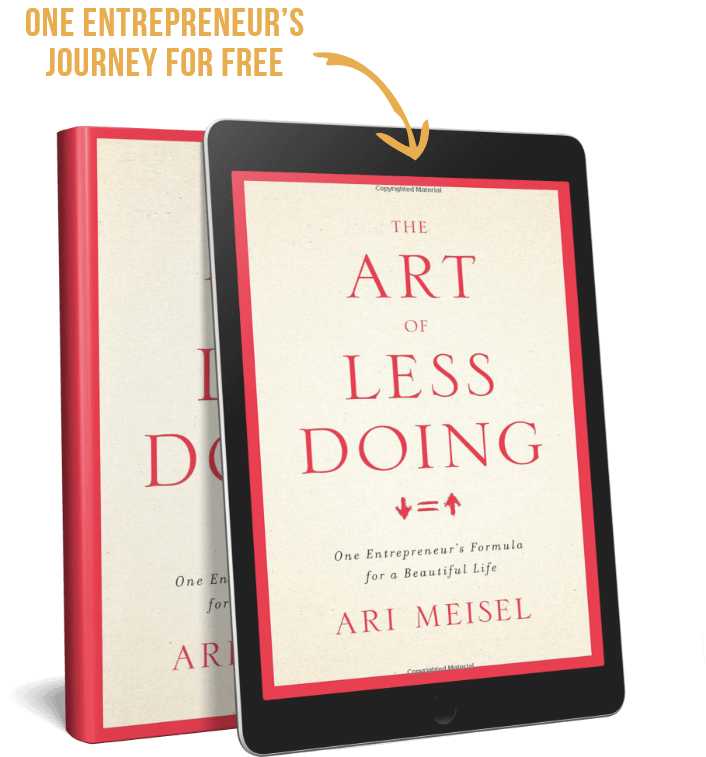I produce a staggering amount of content. But I don’t do it alone.
Automation and outsourcing have enabled me to get my message “out there” in myriad ways, and on most digital platforms you can imagine.
It’s not mysterious or expensive.
It’s an optimized process that only really requires a four-minute Voxer rant to get the process going. The rest is up to someone or something else.
Here’s how I do it:
I record my thoughts on a particular topic on Voxer in a private channel I share with my writing partner, Amy. She takes that message, downloads it on her laptop and uploads it to www.temi.com. It’s an AI-powered transcription service that costs 10 cents a minute. In five minutes, the transcript comes through to our Intercom account and Amy makes a Google doc of the monologue.
She then either outsources it to www.contentfly.co to craft it into a blog post, or she does it herself, depending upon how many I’ve sent her in a given week.
Once it’s done it gets uploaded to www.Medium.com and our automations disseminate it across every social media platform.
All this from a 4-minute Voxer message.
Still, one of the biggest sticking points for entrepreneurs who are desperate to cement their place in a very crowded content world is an inability to nail down their distinct voice. Authenticity sells. If you are not projecting your true self, especially through the written word, it’s as obvious and cringe-worthy to the reader as a 60-year-old saying his coffee is LIT AF.
Yuck.
A lot of folks I work with come to me and say, “I sent this out to a respected copywriter, but when it came back, it just didn’t sound like me.”
My answer has always been the same, “Well, what does ‘me’ sound like?” and that’s where most people glaze over. They haven’t first taken the time to analyze their communication style.
Analyzing Your Communication Style
And no, there’s not an app for that. But there is a terrific two-person exercise you can do that will solidify not only how you communicate, but how that message is received. The importance of working through these steps with another person is simple. The sweet spot for content lies where your intention and its reception live.
For example, you may think you are one funny guy, but maybe your comedic arsenal is overstocked with Dad Jokes. Dad jokes your audience has heard a million times. Perhaps you love to cite other thought leaders to bolster your observations or arguments. But your audience wants to hear from you and what you think. We’ve all become quite adept at sniffing out BS, so don’t waste your time pretending to be something you are not. Your story is enough. Your point-of-view is unique.
Margaret Atwood, the author of “The Handmaids Tale,” among other fantastic reads, said something worth remembering when embarking on the journey to find your voice. “The only way you can write the truth is to assume that what you set down will never be read.”
Next, it’s imperative to work through not just your style and tone, but to do an audit of existing content, (to use it as samples for a prospective writer), and then prioritize the intent of your content.
Setting a Content Intention
Do you want to entertain? Inform? Educate?
Who is your audience? The one you have and the one you want. Describe them with words that give texture. Don’t just say, “Financial Advisors,” say, “People who are fully committed to protecting the financial future of their clients through cutting edge technology and the human touch.”
Commit to writing the foundational principles of your business. These are big concepts, like Integrity, Expertise, Empathy, Experience. If you have trouble coming up with these pillars, and many people do, it’s time to take a moment to think back to why you started your business in the first place. What was that moment of inspiration like? Describe that.
Working With The VoicePrint
The rest of the exercise is relatively self-explanatory. Make two copies of the VoicePrint attached below. Fill one out yourself and have a trusted ally fill out one as well. Then get together and compare notes. Where both points of view collide, is where you should focus your messaging.
Next, comes the outsourcing part.
It’s been my experience that asking writers to send samples of their work is a big old waste of time. You have no idea how long it took them to write that masterful 500-word blog post. You don’t know if they even wrote it or who edited it for them. I prefer to send them a piece of copy and ask them to fix it using the VoicePrint as their guide. It can be a raw transcription of a part of a speech, interview, Facebook Live or a rant I voiced into my phone when something inspirational struck me while I was driving.
Obviously, pay the scribe’s hourly rate. No one should work for free. But give the writer a limited amount of time to fix it and then see if he or she was able to mimic your VoicePrint.
It’s like owning a burger place and interviewing new cooks. You wouldn’t say, “Tell me more about all the great hamburgers you’ve cooked.” You would send them into the kitchen and ask them to make you a burger.
I’ve found that this process works for just about every business and it has the added benefit of really crystalizing your Marketing Strategy and Customer Journey. Because once you have developed an identity, it’s clear to see what works and what doesn’t, who you can help and who you can’t.




